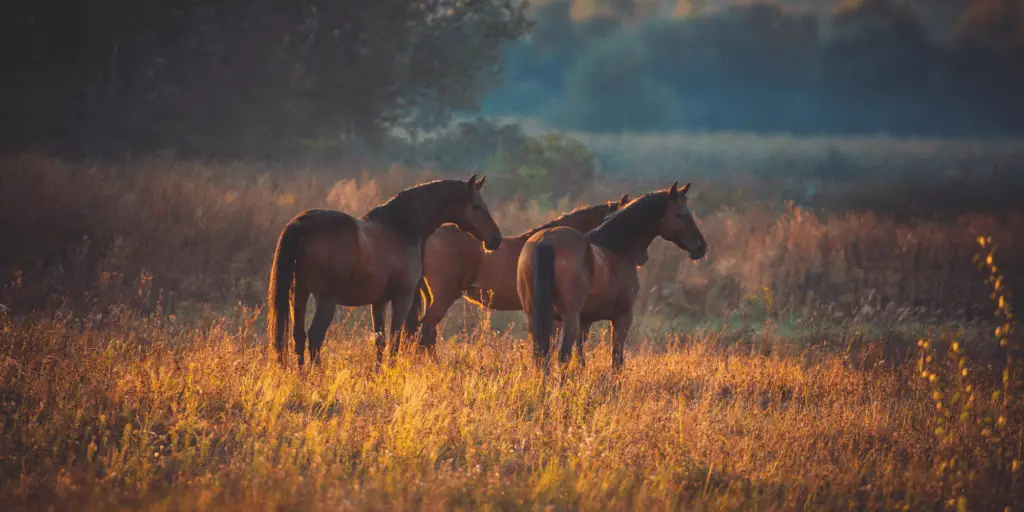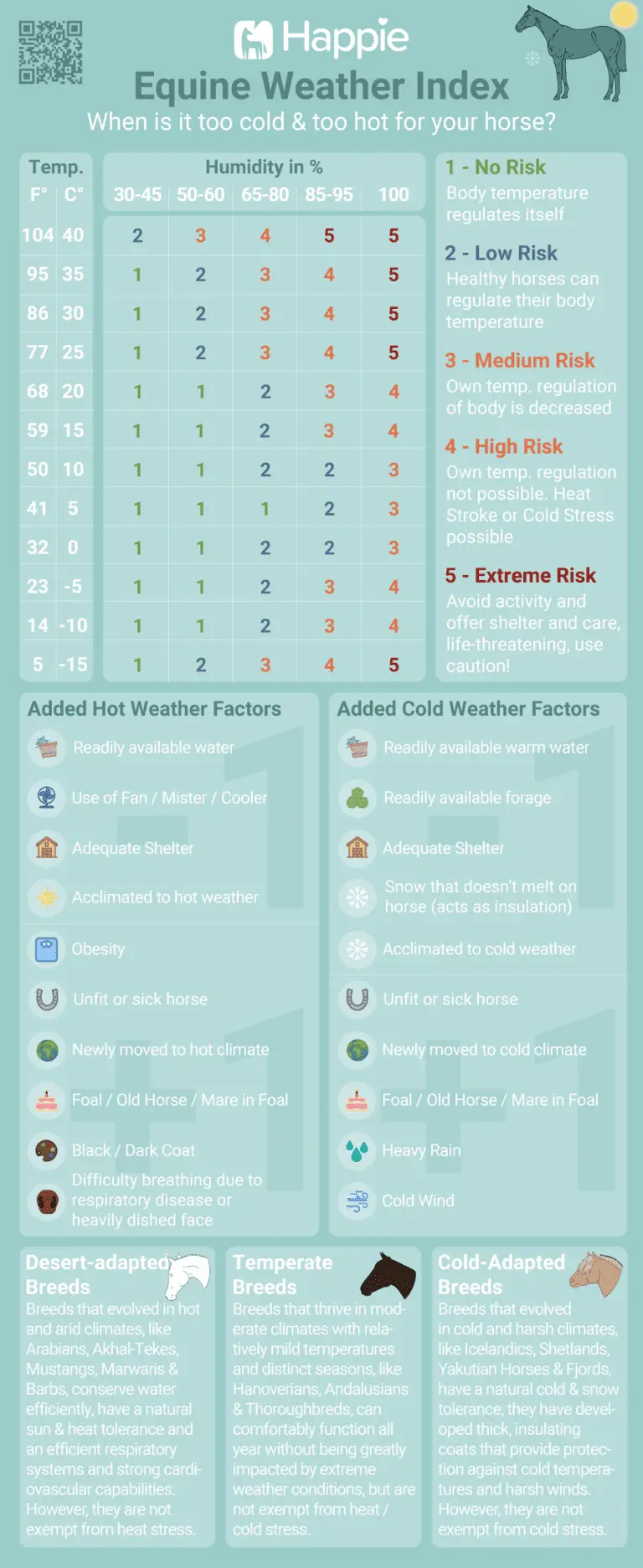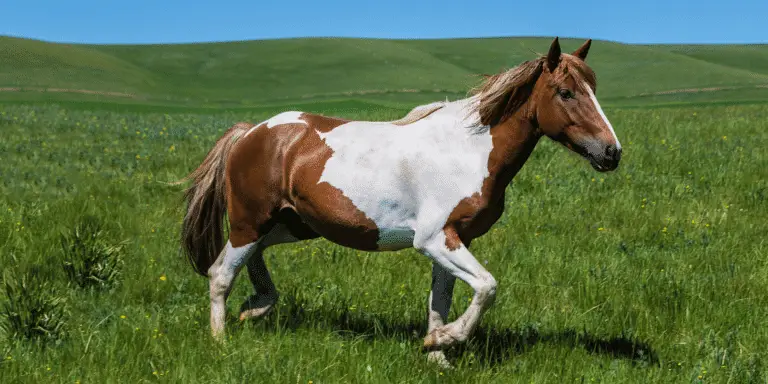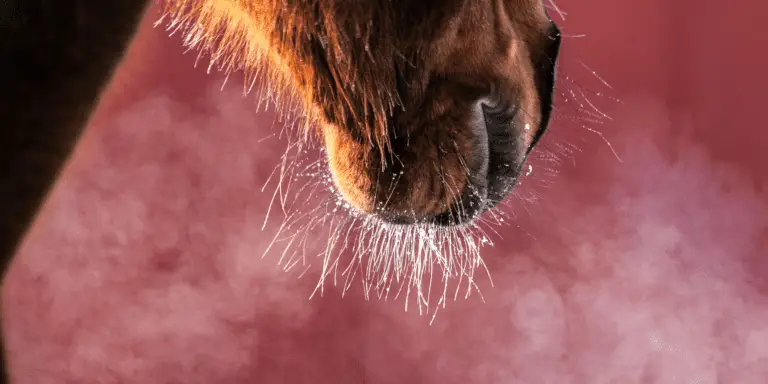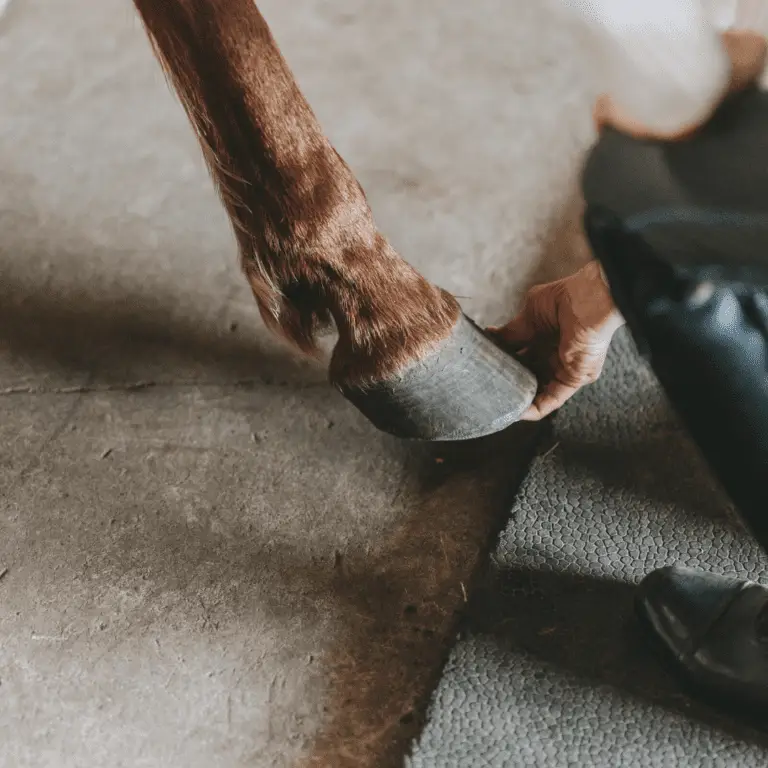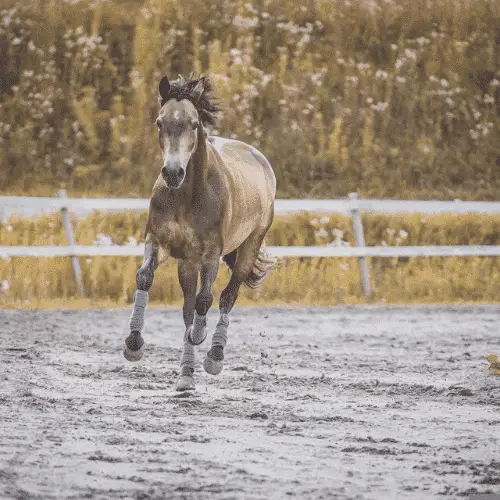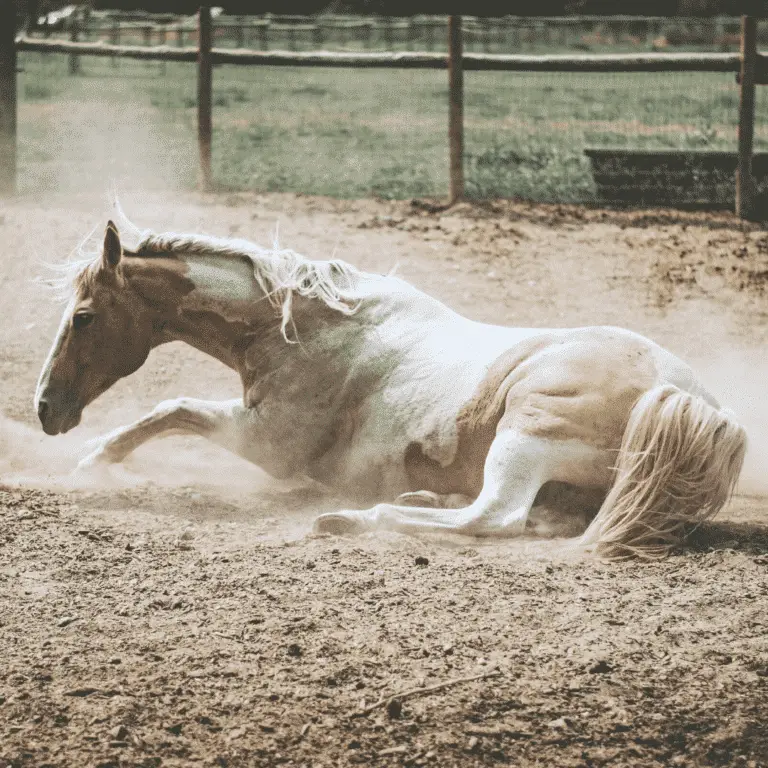When the weather index drops below 130, horses may experience cold stress. This can lead to hypothermia, frostbite, and other cold-related issues. To protect horses during cold and humid weather:
a) Provide adequate shelter: Ensure horses have access to a well-insulated stable, run-in shed, or windbreak to protect them from wind, rain, and snow.
b) Offer warm water and forage: Use heated water buckets or tank heaters to prevent water from freezing. Provide ample forage to help horses generate internal heat through digestion.
c) Use horse blankets: Consider using properly fitted horse blankets to provide extra warmth, especially for horses with thin coats or health concerns.
It’s essential to be aware of the weather index and its impact on your horse. Extreme temperatures, whether hot or cold, can pose risks to its health and well-being. By understanding the weather index and taking appropriate measures, such as providing shelter, water, and adjusting exercise routines, we can ensure the horse stays safe and comfortable throughout changing weather conditions.
Remember, individual horses may have varying tolerances to temperature and humidity, so it’s crucial to observe each horse’s behavior and adjust management practices accordingly. When in doubt, always consult with a veterinarian for personalized advice and guidance.


